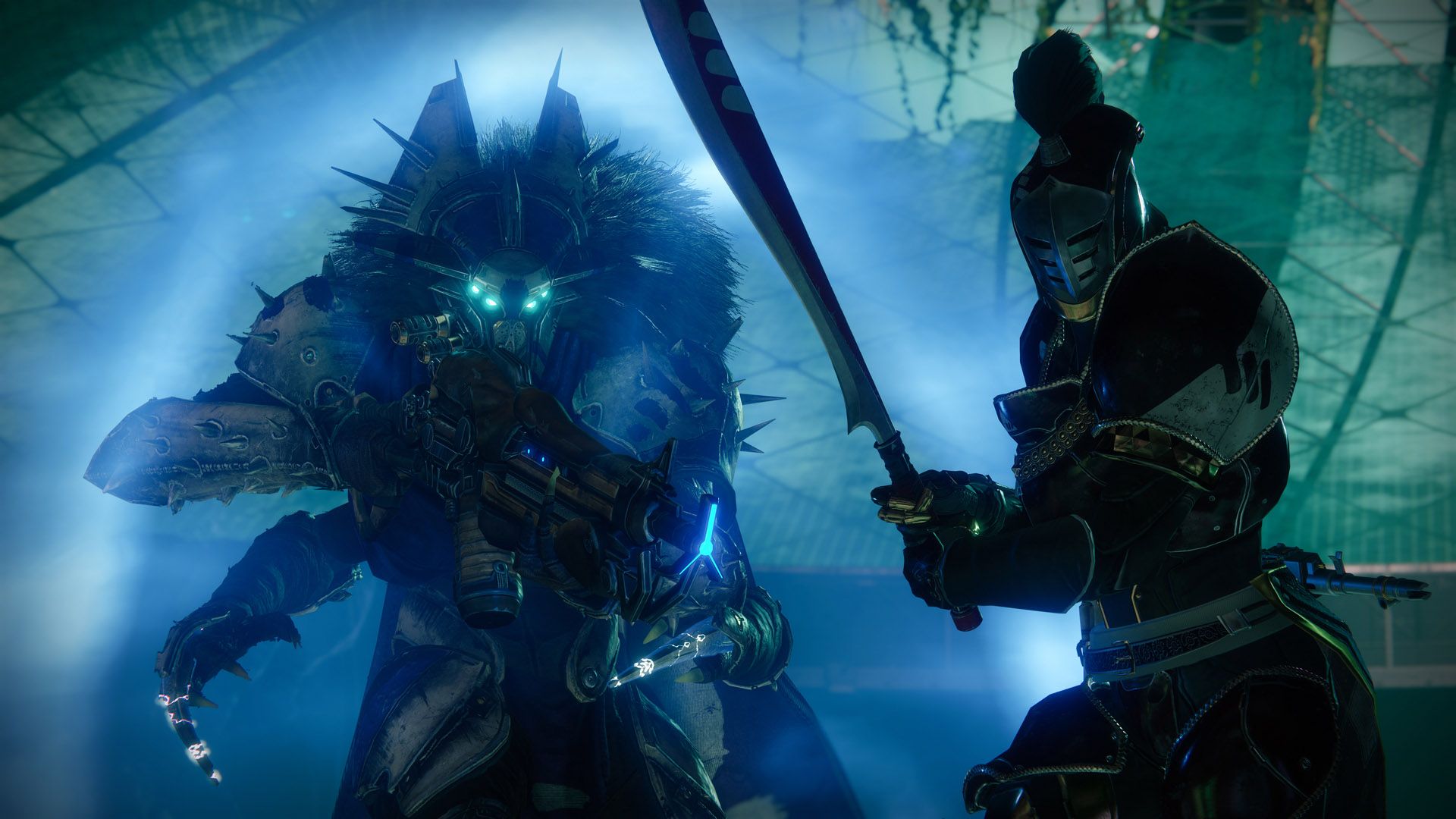It has been a long time since we’ve seen a proper Bungie game on PC. Outside of the first two Halo games ported well after the fact, the now Washington-based studio wasn’t always well known for their console releases. After splitting off from Microsoft and the Halo brand, Bungie worked on their next major project, and while it was met with mixed reception, it quickly became one of the biggest new IPs this generation, inevitably spawning a sequel. Destiny 2 Strikes 2 was released last month with numerous improvement to the formula, and even though it didn’t completely blow everyone away, it still has a strong, dedicated fanbase. One group of gamers that still needs to experience the Destiny love is PC players, but finally that has been rectified. Activision and Bungie have released the multi-million selling sequel to the open platform, but is it what PC gamers had hoped for or is this a franchise better left on dedicated consoles?

The campaign kicks off with a bang. Returning home to The Last City, you and your Ghost discover that the city has come under siege by the Cabal Empire’s Red Legion. Led by Dominus Gaul, the Legion successfully captures the Traveler, cutting off all Guardian’s connection to the Light. Without Light, you must become the rallying point for all surviving Guardians, re-unite the Vanguard and retake what Gaul has taken from you.
The most significant aspect of Destiny 2’s campaign is that it has an actual campaign. After Destiny and Rise of Iron’s cookie-cutter missions, it’s nice to have something with more variety and substance than "bad guy over there, go kill it." That’s not saying Destiny 2 money guide 2’s campaign is anything deep. Characters jump in and out of the campaign quickly as the story moves you from world-to-world. While the quick pacing keeps things moving, it never slows down enough to create any connections between the player and the world. Worst yet is the player’s Guardian who, in Destiny 2, is relegated to a silent protagonist. Ghost ends up speaking the entire time for the player and comes off as annoying. The current set up with the Ghost quickly becomes grating, and even more annoying when other characters point out your silence. This was purposefully done so that players can become invested in their Guardian, but in execution comes off as cartoonish.

What is surprising is the antagonist, Gaul. Presented in trailers as a hulking brute, Gaul appeared to be a walking clich?(C). The end product is the complete opposite with Gaul having much more depth than anticipated. Gaul doesn’t get the amount of screen time he deserves, which is disappointing considering he’s the best part of the story. Completing the campaign can last anywhere between 6-8 hours, and that time is mostly filled with well-written and varied missions. Sure, some cookie-cutter missions are just there to pad out the length, but for the majority of missions, there’s more than enough context and agency to keep players going. One mission you may be driving a vehicle, in another you’re escorting a valuable object and then you may be teleporting around areas to save a friend. There’s a lot more variety on display in Destiny 2 raid guide 2’s missions.
Destiny nailed its gameplay mechanics perfectly out of the gate and those carry beautifully into Destiny 2. Aiming and shooting feel fantastic, while platforming has been tightened up with Guardians now able to clamber over ledges. Jumping is still a little floaty, but the clambering should help players avoid some unnecessary deaths.
Much of the gameplay changes lie under the hood. Primary, Special and Heavy weapon classifications have been replaced with Kinetic, Energy and Power weapon classifications. While many may lament the fact that Sniper Rifles, Fusion Rifles and Shotguns have been moved to the Power Weapon slot, the changes made to the classifications are ultimately smart.